Growing Industrialization
The rapid pace of industrialization across various sectors is significantly driving the Gas Cleaning Technology Market. As industries expand, the volume of emissions generated increases, necessitating the implementation of effective gas cleaning solutions. Sectors such as manufacturing, energy, and transportation are particularly notable contributors to this trend. For instance, the energy sector is witnessing a shift towards cleaner technologies, prompting investments in gas cleaning systems to mitigate emissions. This industrial growth is projected to propel the market, with estimates indicating that the demand for gas cleaning technologies could reach unprecedented levels, reflecting a robust growth trajectory in the next few years.
Technological Advancements
Technological advancements play a crucial role in shaping the Gas Cleaning Technology Market. Innovations in filtration, scrubbing, and catalytic processes are enhancing the efficiency and effectiveness of gas cleaning systems. For example, the development of advanced materials and nanotechnology is enabling the creation of more efficient filters that can capture a wider range of pollutants. These advancements not only improve performance but also reduce operational costs for industries. As companies seek to optimize their processes and minimize environmental impact, the adoption of cutting-edge gas cleaning technologies is expected to rise, potentially leading to a market expansion valued at several billion dollars by the end of the decade.
Investment in Renewable Energy
Investment in renewable energy sources is emerging as a pivotal driver for the Gas Cleaning Technology Market. As the world shifts towards sustainable energy solutions, the need for efficient gas cleaning technologies becomes increasingly apparent. Renewable energy projects, such as biomass and biogas facilities, often require advanced gas cleaning systems to ensure that emissions remain within acceptable limits. This trend is likely to foster innovation and development within the gas cleaning sector, as companies seek to align with sustainability goals. The market is expected to benefit from this investment surge, with forecasts suggesting a significant uptick in demand for gas cleaning technologies in conjunction with the expansion of renewable energy initiatives.
Rising Environmental Regulations
The increasing stringency of environmental regulations is a primary driver for the Gas Cleaning Technology Market. Governments worldwide are implementing stricter emissions standards to combat air pollution and climate change. This regulatory landscape compels industries to adopt advanced gas cleaning technologies to ensure compliance. For instance, the European Union has set ambitious targets for reducing greenhouse gas emissions, which has led to a surge in demand for effective gas cleaning solutions. As industries strive to meet these regulations, the market for gas cleaning technologies is projected to grow significantly, with estimates suggesting a compound annual growth rate of over 6% in the coming years.
Increased Awareness of Health Impacts
There is a growing awareness of the health impacts associated with air pollution, which serves as a significant driver for the Gas Cleaning Technology Market. Public concern regarding respiratory diseases and other health issues linked to poor air quality is prompting both consumers and industries to prioritize cleaner air solutions. This heightened awareness is influencing regulatory bodies to enforce stricter emissions standards, thereby driving the demand for effective gas cleaning technologies. As industries respond to this societal pressure, the market for gas cleaning solutions is likely to experience substantial growth, with projections indicating a potential increase in market size as stakeholders invest in cleaner technologies.


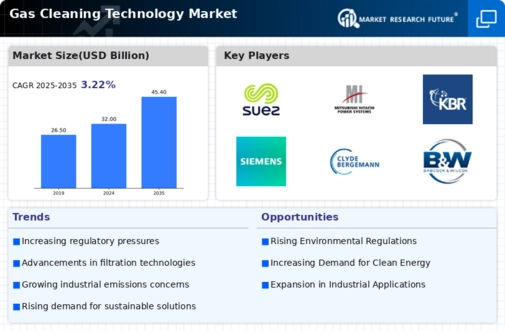
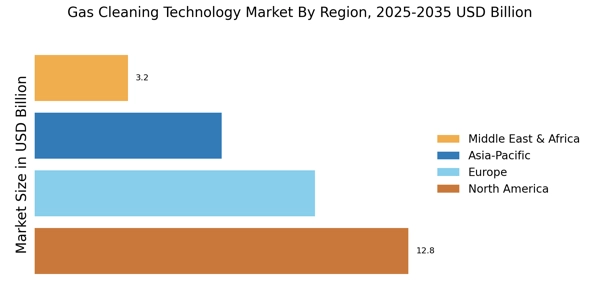
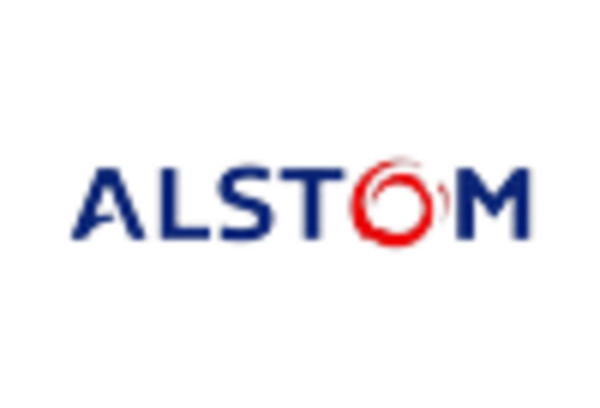
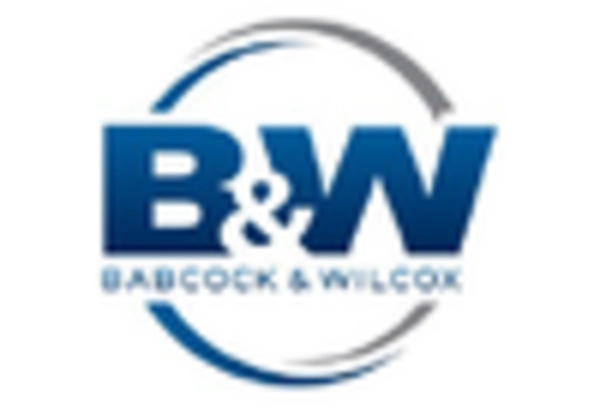


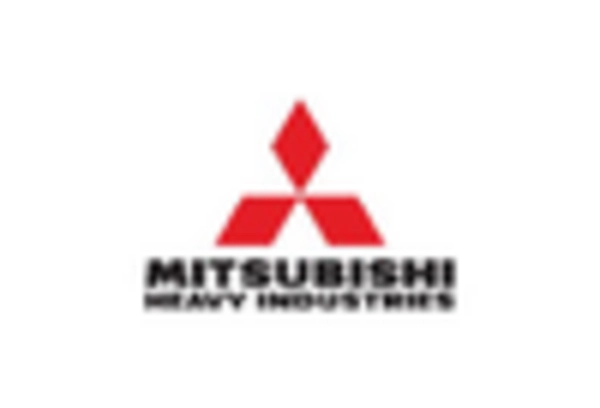









Leave a Comment